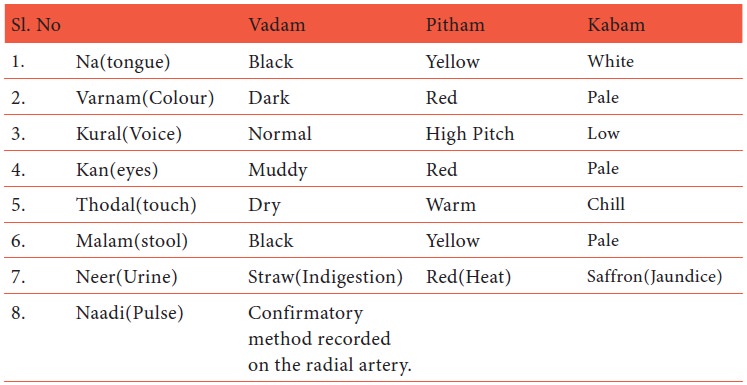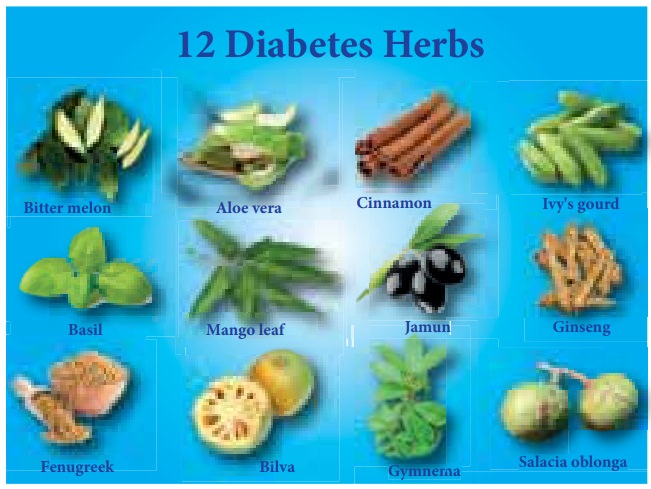Definition, Origin, Concepts of Disease and Cause, Diagnosis, Concept of Drugs, Treatment - Siddha system of medicine | 11th Nursing : Chapter 12 : Alternative Medicine and Practices in Nursing
Chapter: 11th Nursing : Chapter 12 : Alternative Medicine and Practices in Nursing
Siddha system of medicine
Siddha system of medicine
Introduction
Siddha system is one
of the older system of medicine in India. The term “Siddha” means achievements.
It is of Dravidian origin and has its entire literature in Tamil language. The
Siddha system is largely therapeutic in nature. Siddhars were saintly persons
who achieved results in medicine.
Origin
Its origin is also
traced to mythological sources belonging to the Shaiva tradition. According to
the tradition, Lord Shiva conveyed the knowledge of medicine to his wife
Parvati. The knowledge was passed from her to Nandi and finally it was given to
the Siddhas. The word Siddha denotes one who has achieved some extraordinary
powers (siddhi). This achievement was
related to the discipline of mind and its superiority over body, and was
accomplished through both yoga and medicine. Thus siddhars (practitioners of Siddha) became the symbols of
psychosomatic perfection and so the Siddha medicine became a combination of
medicine and yoga.
The tantrik siddhi was thought of in different forms
such as janmaja (due to birth), osadhija (due to some medical elixirs), mantraja (due to magical incantations), tapoja (due to penance) and samadhija (due to meditation). The
tantriks endeavoured to attain the Siddha by several means, one of them was
through the use of certain compositions of compounds of mercury, sulphur, mica
and several other metallic substances.


Concepts of Disease and Cause
When the normal equilibrium of
three humors(vatha, pithaandkapha)isdisturbed, disease is caused.
The factors, which affect this equilibrium are environment, climatic
conditions, diet, physical activities, and stress. Under normal conditions, the
ratio between these three humors (vatha, pitha and kapha) is 4:2:1
respectively.
According to the Siddha medicine
system diet and life style play a major role not only in health but also in
curing diseases. This concept of the Siddha medicine is termed as pathya
and apathya, which is essentially a list of do’s and don’ts.
Diagnosis
In diagnosis, examination of eight
items is required which is commonly known as astasthana-pariksa. These are:
·
na (tongue): black in vatha, yellow
or red in pitha, white in kapha, ulcerated in anaemia.
·
varna (colour): dark in vatha, yellow or
red in pitha, pale in kapha;
·
svara (voice): normal in vatha, high pitched
in pitha, low pitched in kapha, slurred in alcoholism.
·
kan (eyes): muddy conjunctiva, yellowish or red in pitha, pale in
kapha.
·
sparisam (touch): dry in vatha, warm in
pitha, chill in kapha, sweating in different parts of the body.
·
mala (stool): black stools indicate vatha,
yellow pitha, pale in kapha, dark red in ulcer and shiny in
terminal illness.
·
neer (urine): early morning urine is
examined; straw colour indicates indigestion, reddish yellow excessive heat,
rose in blood pressure, saffron colour in jaundice and looks like meat washed
water in renal disease.
·
nadi (pulse): the confirmatory method recorded
on the radial artery.

Concept of Drugs
The drugs used by the Siddhars
could be classified into three groups:
·
Thavaram
(herbal product)
·
Thathu
(inorganic substances)
·
Jangamam
(animal products).
The thathu drugs are further
classified as
·
Uppu
(water soluble inorganic substances or drugs that give out vapour when put into
fire)
·
Pashanam
(drugs not dissolved in water but emit vapour when fired),
·
Uparasam
(similar to pashanam but differ in action),
·
Loham
(not dissolved in water but melt when fired),
·
Rasam
(drugs which are soft) and
·
Ghandhagam
(drugs which are insoluble in water, like sulphor).
The drugs used in Siddha medicine
were classified on the basis of five properties:
·
Suvai
(taste),
·
Guna
(character),
·
Veerya
(potency),
·
Pirivu
(class)
·
Mahimai
(action).
According to their mode of
application the Siddha medicine could be categorized into two classes: (1)
internal medicine and (2) external medicine.
·
Internal
medicine was used through the oral route and further classified in to 32
categories based on their form, methods of preparation, shelf life, etc.
·
External
medicine includes certain forms of drugs and also certain applications like
nasal, eye and ear drops and also certain procedures like leech application.
Treatment
The treatment should be commenced
as early as possible after assessing the course and cause of the disease.
Treatment is classified into three
categories:
·
Devamaruthuvum
(Divine method) like parpam, chendooram, guru, kuligai made of mercury, sulphur
and pashanams are used.
·
Manuda
maruthuvum (rational method) - medicines made of herbs like churanam, kudineer, vadagam are used.
·
Asura
maruthuvum (surgical method) incision, excision, heat application, blood
letting, leech application are used.
According to therapies the
treatments of Siddha medicines could be further categorized into following
categories such as Purgative therapy, Emetic therapy, Fasting therapy, Steam
therapy, Oleation therapy, Physical therapy, Solar therapy and Blood letting
therapy, Yoga therapy, etc.
·
The
diagnosis of the disease is by the identification of causative factors is
through examination of pulse, urine, eyes, study of voice, colour of body,
tongue and status of the digestive treatment.
·
The Siddha
system is effective
in treating chronic causes
of liver, skin disease
- Psoriasis Rheumatic problems, anemia, Bleeding, Ulcer
etc.,
·
The
Siddha medicine which contains mercury, silver, arsenic, lead, sulfur is found
to be very effective in treating disease.

Related Topics